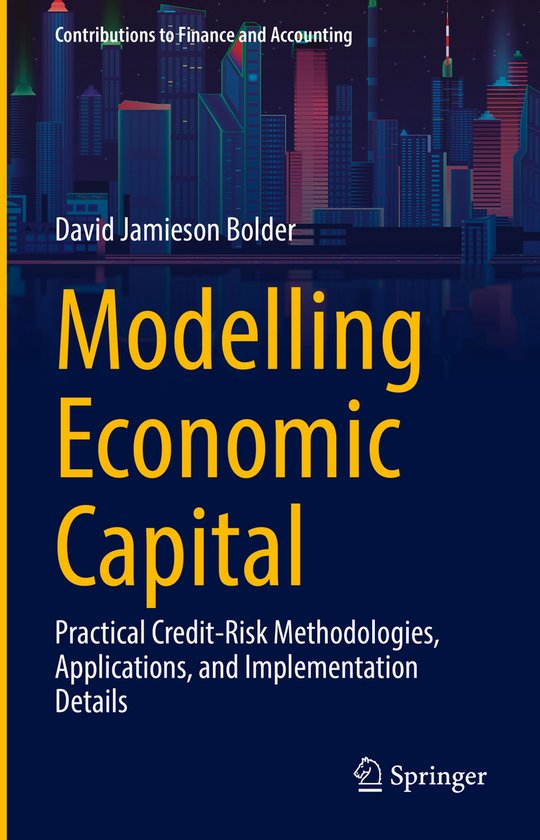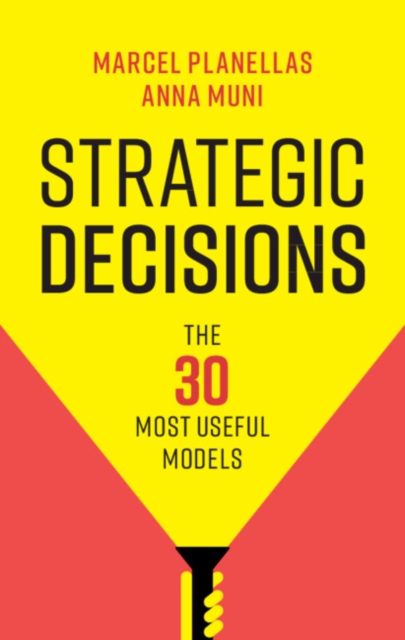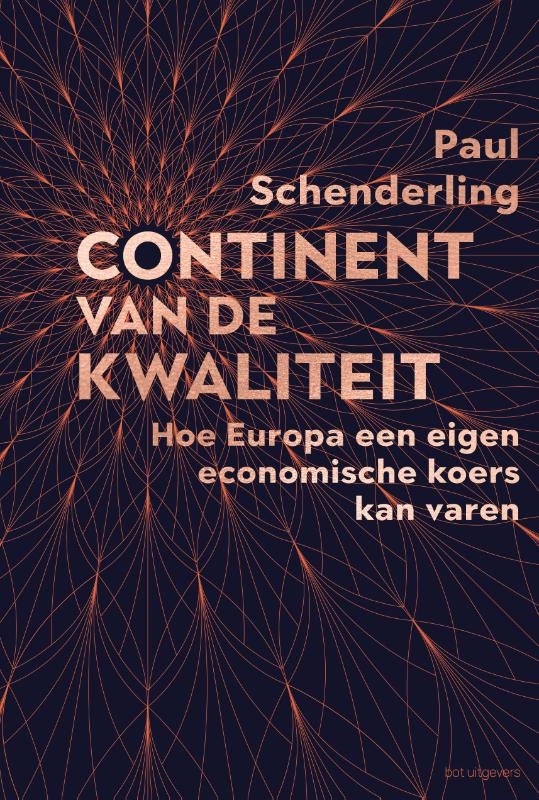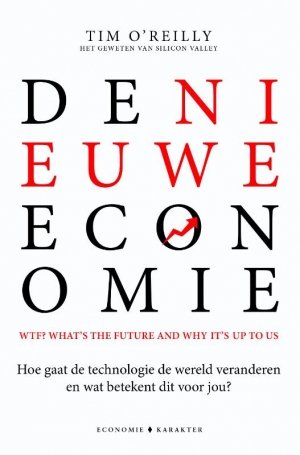Contributions to Finance and Accounting- Modelling Economic Capital
| Uitgeverij: | Springer Nature Switzerland AG |
|---|---|
| Uitvoering: | Gebonden |
| Taal: | Engels |
| Staat van het boek: | Licht beschadigd |
| Aantal Pagina's: | 832 |
| Afmetingen: | 140x210x32 |
| Verschijningsdatum: | Mei 2022 |
| EAN: | 9783030950958 |
Samenvatting
How might one determine if a financial institution is taking risk in a balanced and productive manner? It then broadens its gaze to examine various critical applications and extensions of economic capital;
How might one determine if a financial institution is taking risk in a balanced and productive manner? A powerful tool to address this question is economic capital, which is a model-based measure of the amount of equity that an entity must hold to satisfactorily offset its risk-generating activities. This book, with a particular focus on the credit-risk dimension, pragmatically explores real-world economic-capital methodologies and applications. It begins with the thorny practical issues surrounding the construction of an (industrial-strength) credit-risk economic-capital model, defensibly determining its parameters, and ensuring its efficient implementation. It then broadens its gaze to examine various critical applications and extensions of economic capital; these include loan pricing, the computation of loan impairments, and stress testing. Along the way, typically working from first principles, various possible modelling choices and related concepts are examined. The end result isa useful reference for students and practitioners wishing to learn more about a centrally important financial-management device.
While rigorous and technical, the book is also layered with judgement, common sense and honesty. This is a very welcome addition to the literature on this subject. - Lakshmi Shyam-Sunder, Chief Risk Officer, World Bank
With its solid theoretical foundation and its sensible practical suggestions, this volume is an important contribution to the risk management literature. - Phelim Boyle, Professor Emeritus, Pioneer in Quantitative Finance
Accessible, insightful, practical - a must-read for financial practitioners. - Per Nymand-Andersen, Adviser to senior management at the ECB, Lecturer at Goethe University
How might one determine if a financial institution is taking risk in a balanced and productive manner? A powerful tool to address this question is economic capital, which is a model-based measure of the amount of equity that an entity must hold to satisfactorily offset its risk-generating activities. This book, with a particular focus on the credit-risk dimension, pragmatically explores real-world economic-capital methodologies and applications. It begins with the thorny practical issues surrounding the construction of an (industrial-strength) credit-risk economic-capital model, defensibly determining its parameters, and ensuring its efficient implementation. It then broadens its gaze to examine various critical applications and extensions of economic capital; these include loan pricing, the computation of loan impairments, and stress testing. Along the way, typically working from first principles, various possible modelling choices and related concepts are examined. The end resultis a useful reference for students and practitioners wishing to learn more about a centrally important financial-management device.
























